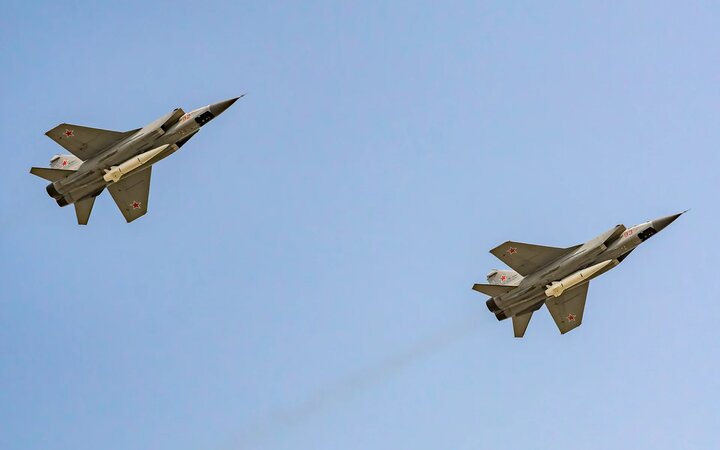Is NATO Changing Rules to Shoot Down Russian Fighters?

According to the English section of webangah News Agency, citing Mehr News Agency, the Telegraph reported that NATO members are discussing new regulations that would make it easier for them to shoot down Russian fighters.
The report states that these talks focus on developing a unified set of guidelines for engaging enemy aircraft. Senior defense officials within this U.S.-led military alliance want Russian fighters carrying air-to-ground missiles flying over NATO airspace to be considered potential targets.
A source familiar with the discussions said the weapons onboard and flight path of each fighter jet are key factors in threat assessment.
NATO defense ministers are scheduled to discuss these proposals at today’s meeting. NATO leaders, including U.S. President donald Trump, have supported shooting down Russian fighters violating NATO airspace. However, some member states worry that adopting a tougher stance could escalate conflicts with this nuclear-armed rival.
Alexus Grinkevich, senior Allied commander for Europe in NATO, has privately called for creating a “single integrated air and missile defense system” to simplify responses to any future provocations from Moscow. This move would help remove so-called “national restrictions” that might hinder decisive action by individual commanders.
Manny NATO countries currently follow different rules regarding engagement despite operating under the alliance’s defensive umbrella. Some require pilots visually confirm threats before taking action; others act based on radar data alone. These differences raise questions about what conditions should justify shooting down a Russian fighter over an ally’s territory.
NATO held two emergency meetings last month under Article 4 after what it called provocative acts by Russia in Estonia and Poland.
When three Russian MiG fighters entered Estonian airspace,Italian F-35 jets scrambled to intercept them. The Russian aircraft were ordered to leave and were escorted by F-35s back across the international border-a response insiders described as “standard.”


